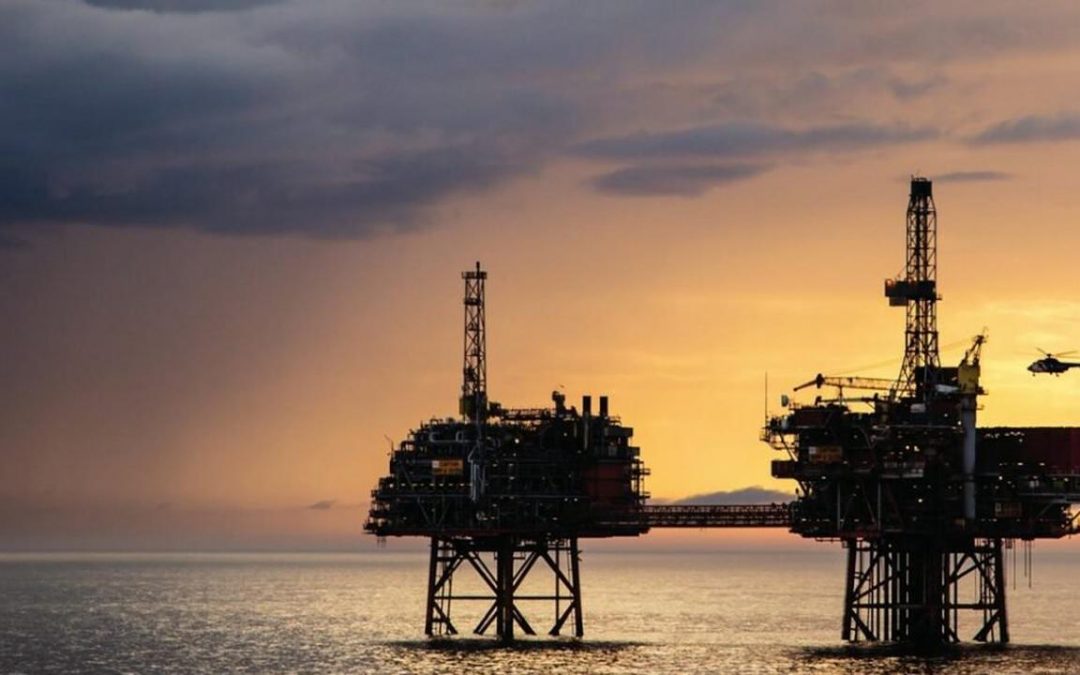UK’s petroleum regulator Oil and Gas Authority (OGA) is encouraged by the record low annual level of flaring in the North Sea, as it has fallen to the lowest one ever tracked on the UK Continental Shelf (UKCS).
The petroleum regulator informed on Friday that flaring in the UK North Sea fell by 19 per cent in 2021, building on a 22 per cent decrease the previous year, as production facilities cut their flaring by 6 billion cubic feet (bcf), to 26 bcf, a reduction equivalent to the annual gas demand of 130,000 UK homes.
The OGA explained that offshore flaring volumes dipped to the lowest annual level on its records, while an all-time monthly low was set in June 2021.
Dr Andy Samuel, OGA Chief Executive, remarked: “A substantial drop in flaring two years running – reaching its lowest level since we started tracking – is encouraging and reflects both OGA and industry efforts. But there can be no let-up if the sector is to reach and surpass emissions reduction targets.”
The amount of gas flared per unit of oil produced – offshore flaring intensity – decreased from 94 standard cubic feet per barrel (scf/bbl) in 2020 to 90 scf/bbl in 2021, an 11-year low. The OGA claims that this measure has now fallen four years in a row, from 125 scf/bbl in 2017.
Furthermore, the petroleum regulator added that overall venting went down 24 per cent while, within that, venting of inert gases – mainly carbon dioxide – was 29 per cent lower and methane dropped by 8 per cent.
“As we transition, the UK needs a stable supply of domestic oil and gas to minimise reliance on imports and bolster energy security. To ensure that production is as clean as possible, the OGA is holding the sector to account, including on flaring and venting, through close monitoring and benchmarking and proactive stewardship,” added Dr Samuel.
The regulator also stated that reductions reflect its proactive approach and a sharpened focus on flaring and venting, using new guidance to ensure all new developments are designed on the basis of zero routine flaring and venting. In addition, the organization is using consenting regime, active stewardship, monitoring, benchmarking, and reporting to drive down and, where possible, eliminate routine flaring and venting, enabling the industry to achieve zero routine flaring and venting by 2030 or sooner.
The regulator further elaborated that it is working closely with those operators which flare and vent the most to ensure quick progress is made. The OGA also closely scrutinizes operators’ requests for flaring and venting consents for new field development plans and existing production to ensure that a halt can be ordered, if excessive levels are reached.
Within examples of its stewardship process in action, the OGA included two cases, outlining that the first is related to insisting that a major operator reinstate a flare gas recovery system on a platform while the second one involves helping another operator identify a fault with valves on an installation where flaring had become excessive.
According to the regulator, last year’s drop in flaring and venting also coincided with planned maintenance shutdowns on multiple installations, as much of this work was postponed from 2020 due to the COVID-19 pandemic and included the closure and upgrade of pipelines, such as the Forties Pipeline System.
As part of the OGA’s commitment to hold the industry to account on emissions reduction targets agreed in the North Sea Transition Deal, it published its first, annual Emissions Monitoring Report in October 2021 and produced two interactive benchmarking dashboards – one of which tracks flaring and venting activity – to supplement this report.
Moreover, the OGA revised its strategy in February 2021 to include an obligation for industry to support the country’s net-zero target. On the heels of this, a Stewardship Expectation 11 – Net Zero was introduced a month later, which expects operators to demonstrate a commitment to reducing greenhouse gases at every stage of the project lifecycle.
When it comes to the oil and gas industry’s progress against the terms of the North Sea Transition Deal (NSTD), it is worth noting that Offshore Energies UK – former Oil & Gas UK (OGUK) – reported in February 2022 that a review it conducted showed strong progress in the first ten months since the landmark deal was signed, with several key milestones already reached.
Source: Offshore Energy






